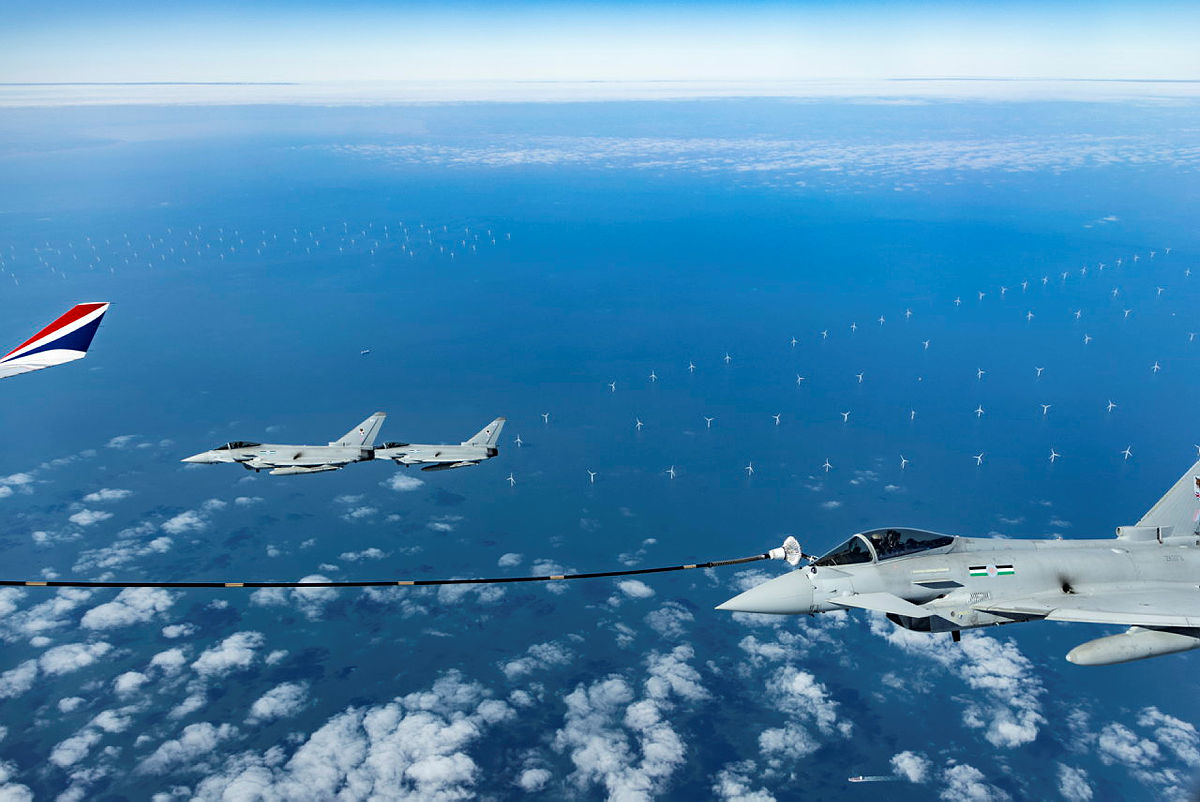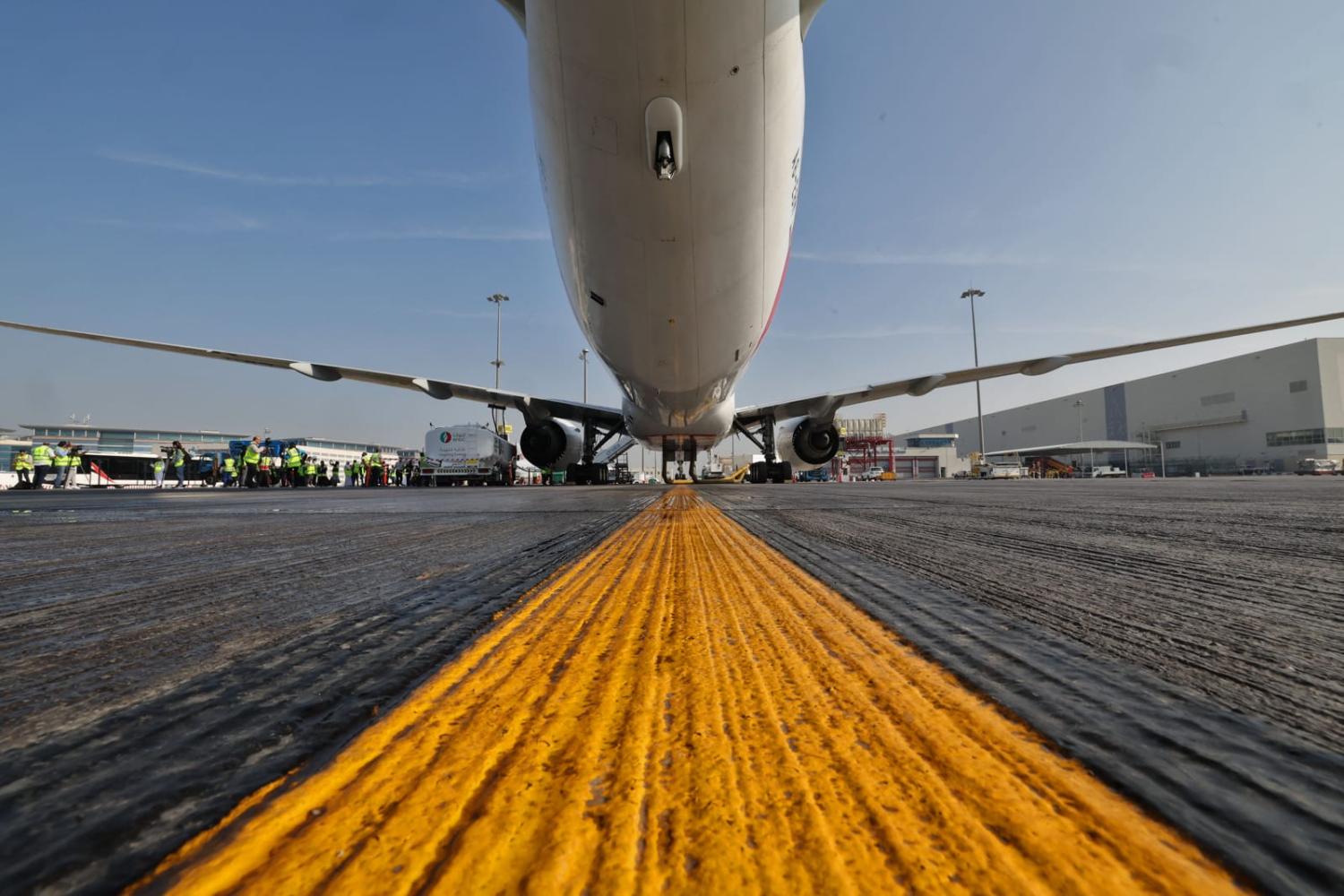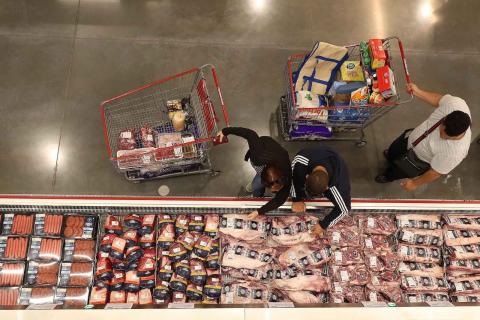Australia is overwhelmingly dependent on imports, to the tune of 91%, for its refined fuel needs. That creates national security challenges, a concern clearly identified in the recent Defence Strategic Review (DSR) released in April 2023. The problem is not limited to core defence tasks such as powering warships, tanks or jet fighters. The challenge extends to Australia’s commercial aviation sector, and the Herculean task confronting the industry to meet its commitment to net zero emissions by 2050.
These challenges may seem quite distinct, and could each be approached in isolation from the other, with parallel investments measured in the billions of dollars. Alternatively, if Australia takes one lesson from its tumultuous policy experience regarding the transition in its energy grid, it is that whole-of-system solutions help maximise the prospects of any major transition occurring in a more cost effective and timely manner.
The ability to source affordable and domestically produced Sustainable Aviation Fuel (SAF) – whether for Defence or commercial aviation requirements – is such an objective that should be treated holistically. This offers a chance to consider new ways of thinking. In particular, the synergy offered by pursuing a “veggie patch” (production) approach to Australia’s liquid fuel security rather than simply relying on a more limited “pantry” (storage) approach.
The DSR identified the need for Australia’s defence capability to have greater domestic fuel resilience. Arguably, that additional resilience is only required at times of acute deterioration in our external security environment. One obvious solution is to build larger storage facilities – but a larger “pantry” does not break the nexus with foreign imports, much of which today transits the South China Sea. This simply provides an extended window of time to lean on the existing yet vulnerable system. It is also extremely expensive and requires a “use it or lose it” approach to supply management.
Around the globe, and over the coming decades, the aviation sector will increasingly rely on SAF due to its lifecycle emission reduction benefits of up to 80% over fossil-based jet fuel. SAF can also largely be dropped into existing airport fuel infrastructure, offering considerable savings. Australia’s commercial aviation sector will be even more reliant on SAF than other nations due to the importance of long-haul flights.
At present, Australia does not produce SAF domestically. This carries the risk of creating a vulnerability to global SAF supply and prices until a domestic industry emerges and scales, bringing significant regional economic benefits. However, existing SAF production pathways are two to five times more expensive than fossil-based jet fuels. With fuel representing some 30% of an airline’s operating expenses, the economics of such a price premium are fraught.
Currently, a number of SAF projects are mooted, leaning on the significant feedstock potential available in Australia such as sugar cane residues. In the longer term, Australia’s potential for ample renewable energy and green hydrogen also provides an alluring electric fuel opportunity. Right now, however, the business case for SAF production in Australia that could be directed towards domestic consumption simply does not stack up. Public policy that supports low carbon fuels will be critical in helping to overcome this predicament.
So too can public-private partnerships. The commercially minded will see the opportunity here. What if Defence’s enhanced fuel resilience requirements were to provide a long-term demand signal to underpin early investor appetite to build domestic SAF capability? At the same time, what if this domestic SAF production was made available on a day-to-day basis to the commercial aviation sector during times of regional peace and stability? By effectively on-selling its production, Defence could defray the risk and cost of its investment, while ensuring that it would have the ability to call on its sovereign production should a national emergency arise.

To put this challenge in a more global context, Australia is already behind countries such as the United States regarding SAF production. Indeed, under the 2023 US Defence Authorisation Act, the US Defence Department is required to use at least 10% SAF by 2028 (the US Air Force alone was estimated to have an operational energy demand of 46.2 million barrels of fuel in 2022). In parallel, the US Inflation Reduction Act is sucking in global capital to support significant growth within the United States in SAF and green hydrogen production, drawing on feedstocks from around the globe, including Australia.
Arguably, a related opportunity exists for Australia to explore bilateral SAF-related solutions under the recently announced Australia-US Climate, Critical Minerals, and Clean Energy Compact. The Compact specifically cites a bilateral ambition to support the expansion and diversification of responsible clean energy supply chains, including for clean hydrogen and its derivatives.
In response to the DSR, the federal government will establish a whole-of-government fuel council tasked with delivering resilient national fuel supply, distribution and storage. This is in addition to a pre-existing commitment by the government to stand up a Jet Zero Council to help accelerate the decarbonisation of Australia’s aviation sector. Domestic SAF production will be a critical part of the council’s focus. Combined with the ambitious and rapidly expanding ecosystem regarding energy transition, including with our most critical defence and technology ally, it becomes clear that the time to pursue determined and innovative solutions to two of Australia’s more pressing liquid fuel security challenges is now.

